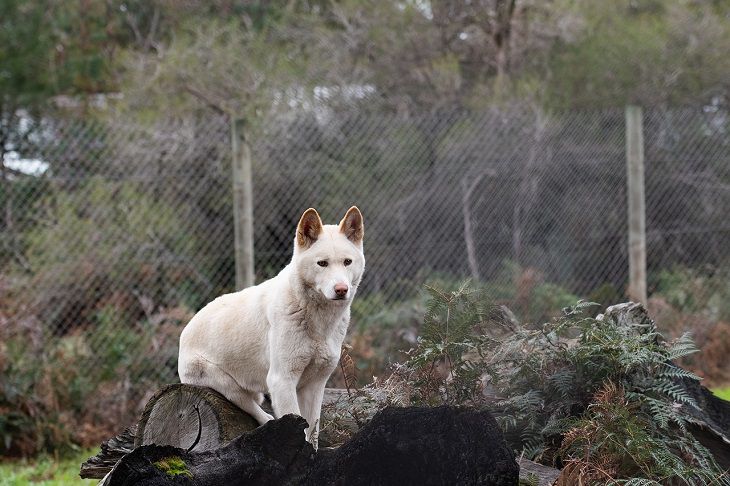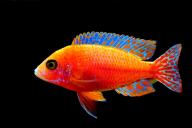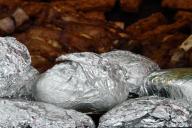In Australia, people often think of dogs as friends, but wild dingoes don't get the same love.
However, new research suggests that, a long time ago, Australia's First Nations people might have treated dingoes differently.
Let's find out what the scientists have discovered.

It's history time
The researchers looked at old bones from a place called Curracurrang, near Sydney, and found that dingoes were buried with humans around 2,000 years ago.
The way they were buried showed a special connection between people and dingoes, according to Dr. Loukas Koungoulos, the main researcher.
Some dingoes were treated like humans in how they were laid to rest, showing a close bond.
But that's not all; the researchers also found that the dingoes at the site had really worn-out teeth.
This suggests they were eating a lot of big bones, probably from human leftovers.
The bones of dingoes of different ages were found, from little pups to older ones.
This suggests that the First Nations people didn't just take care of young dingoes briefly; they had strong and lasting relationships with them.
Why it's important
This research shows that a long time ago, Australia's First Peoples and dingoes had close connections and maybe even a kind of friendship.
This bond was strong before Europeans came to Australia, challenging the idea that it was only a recent thing.













